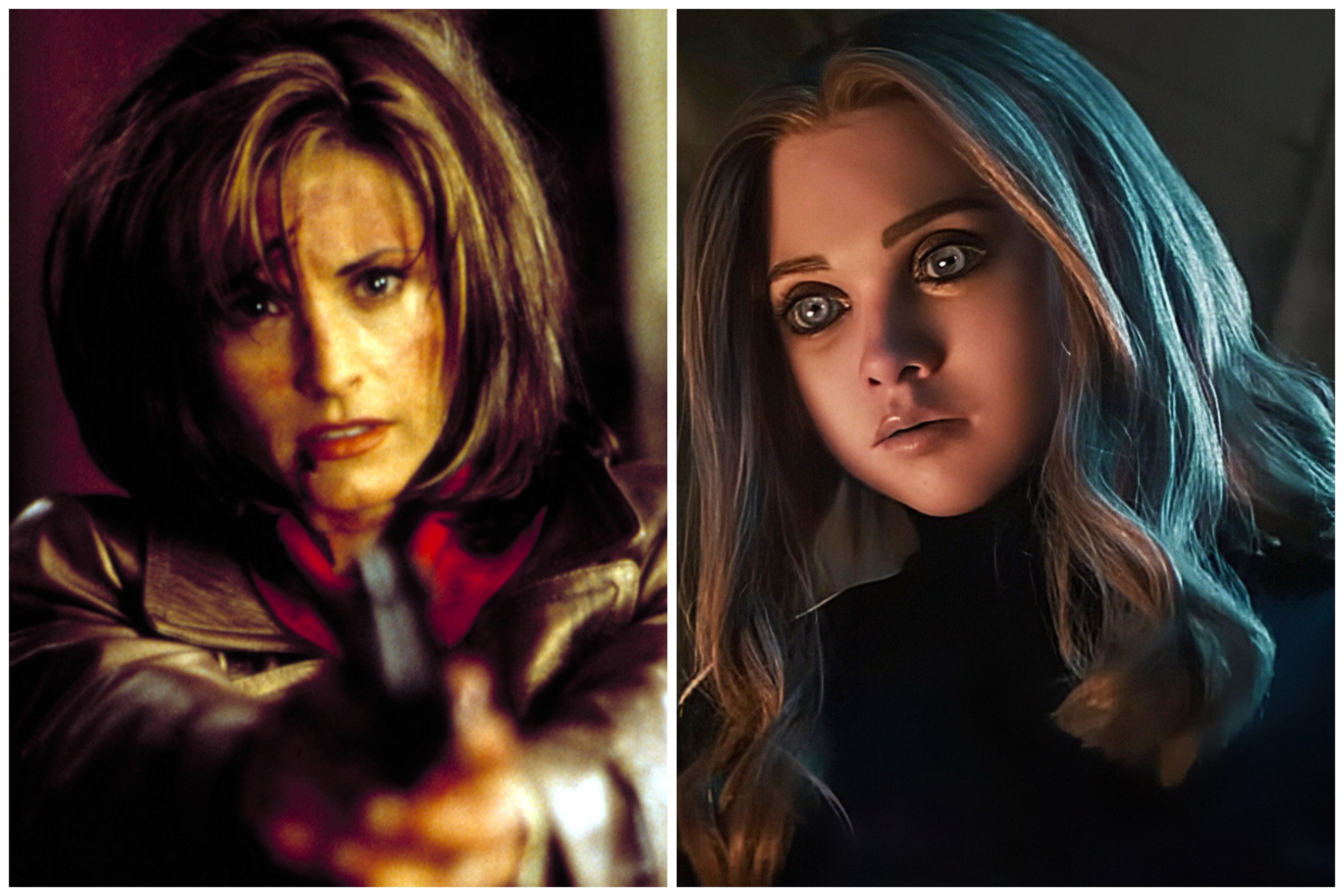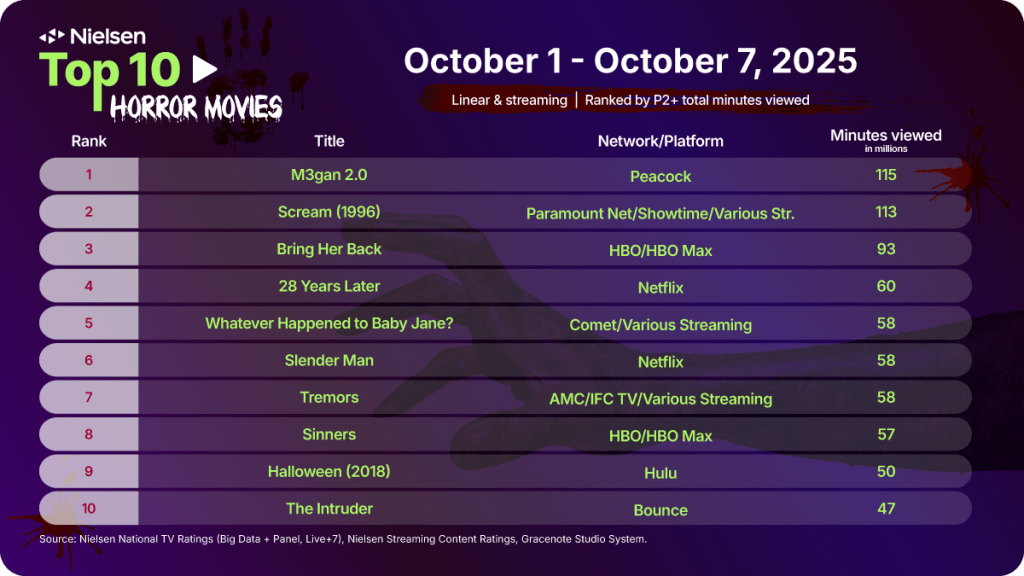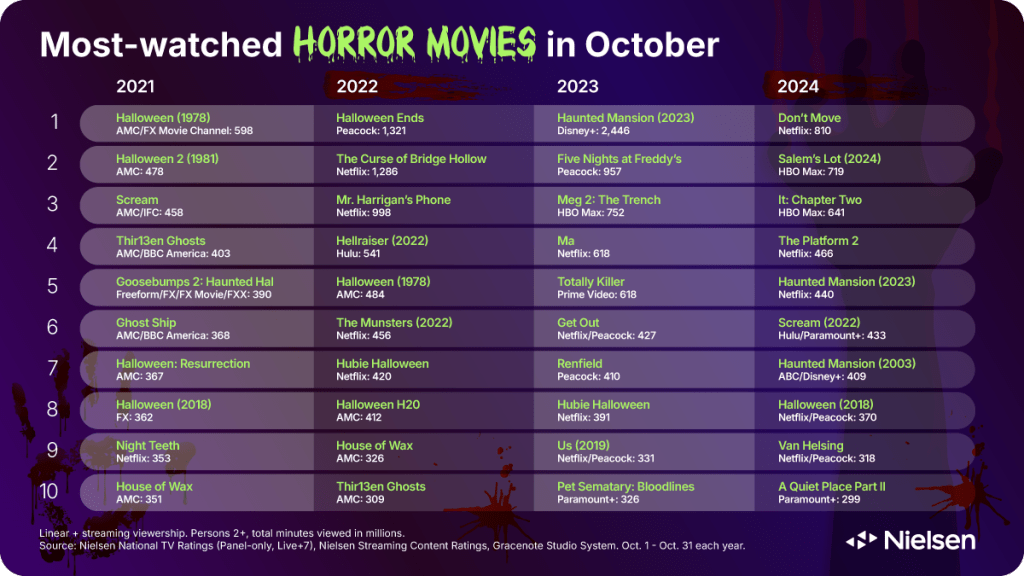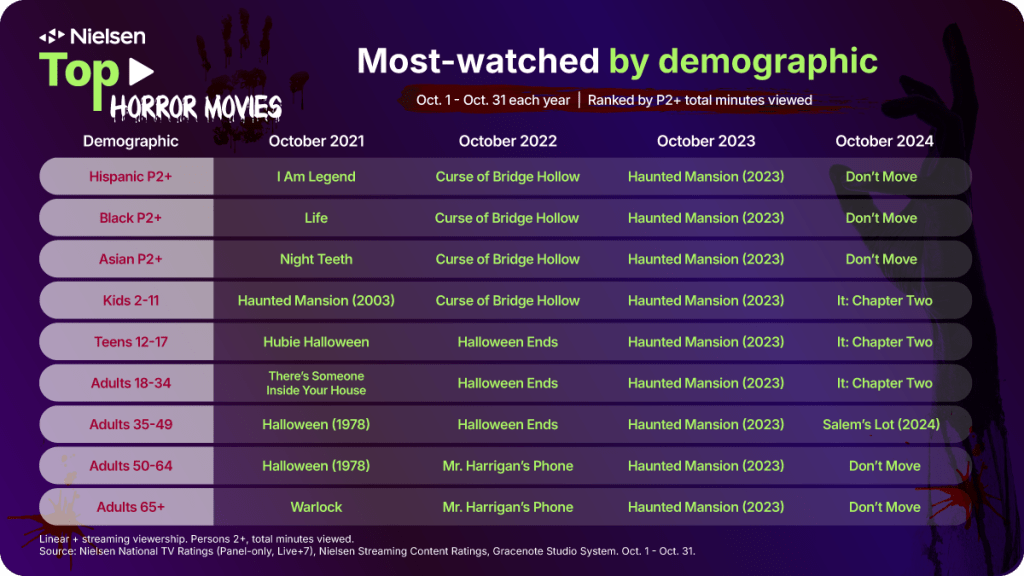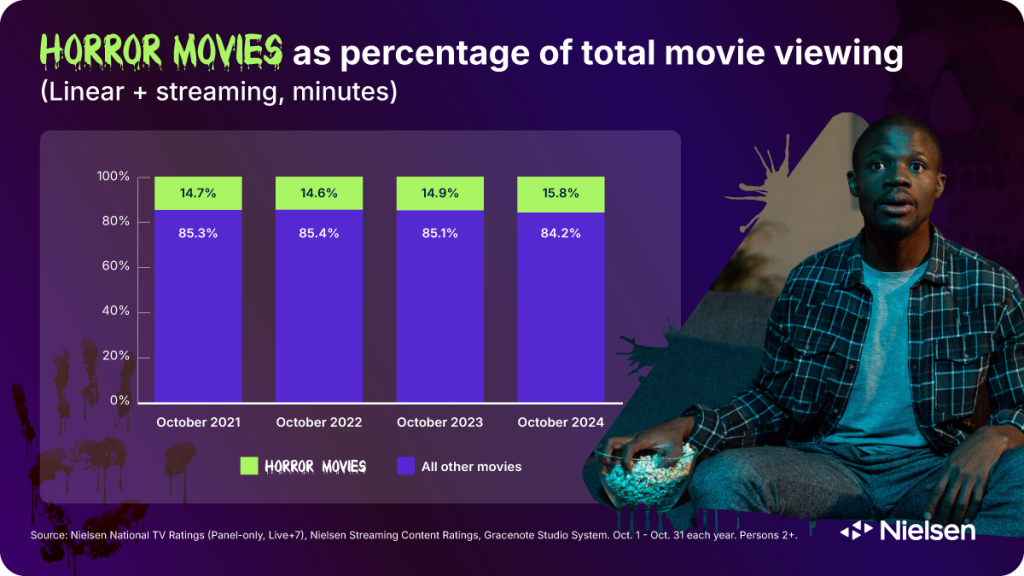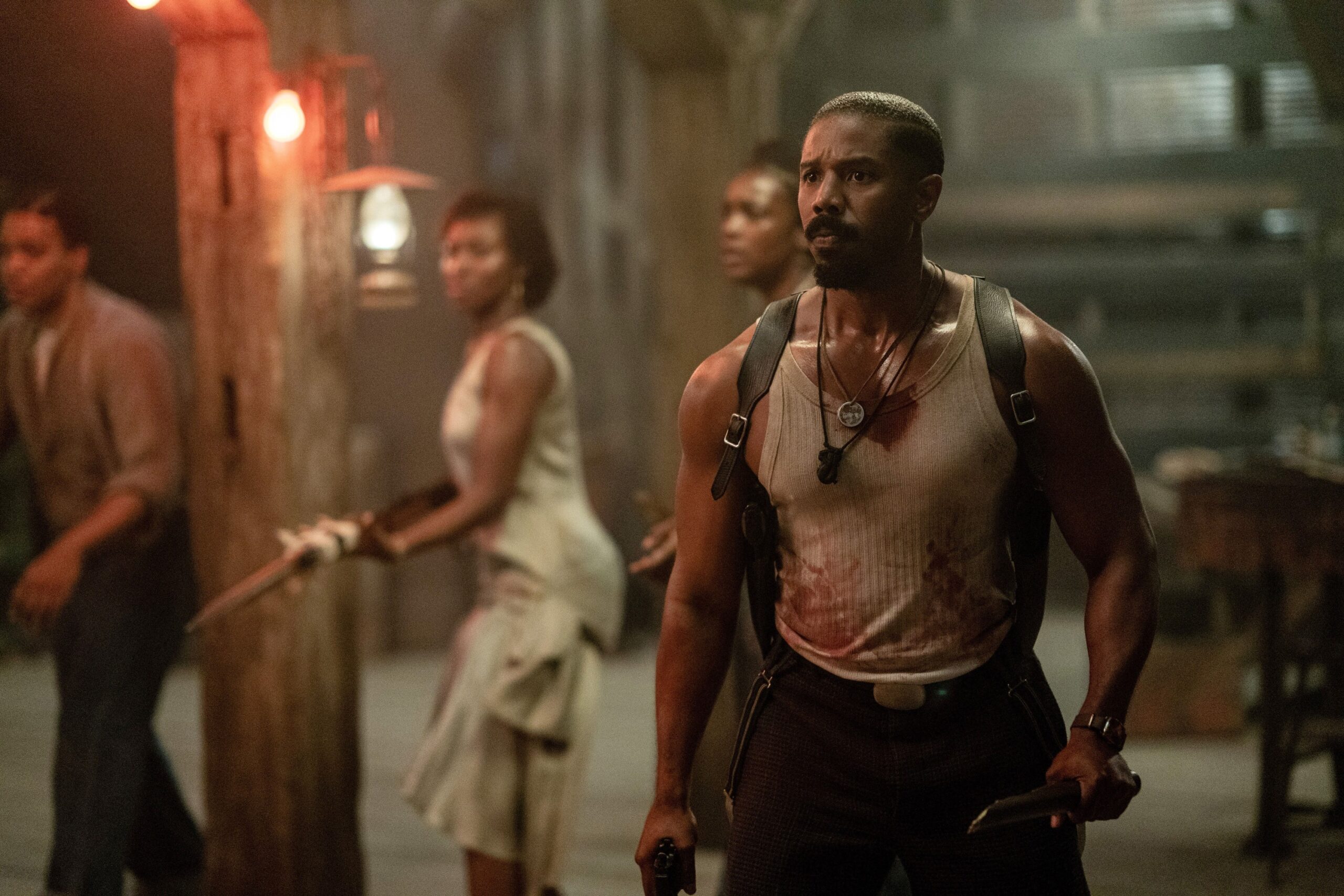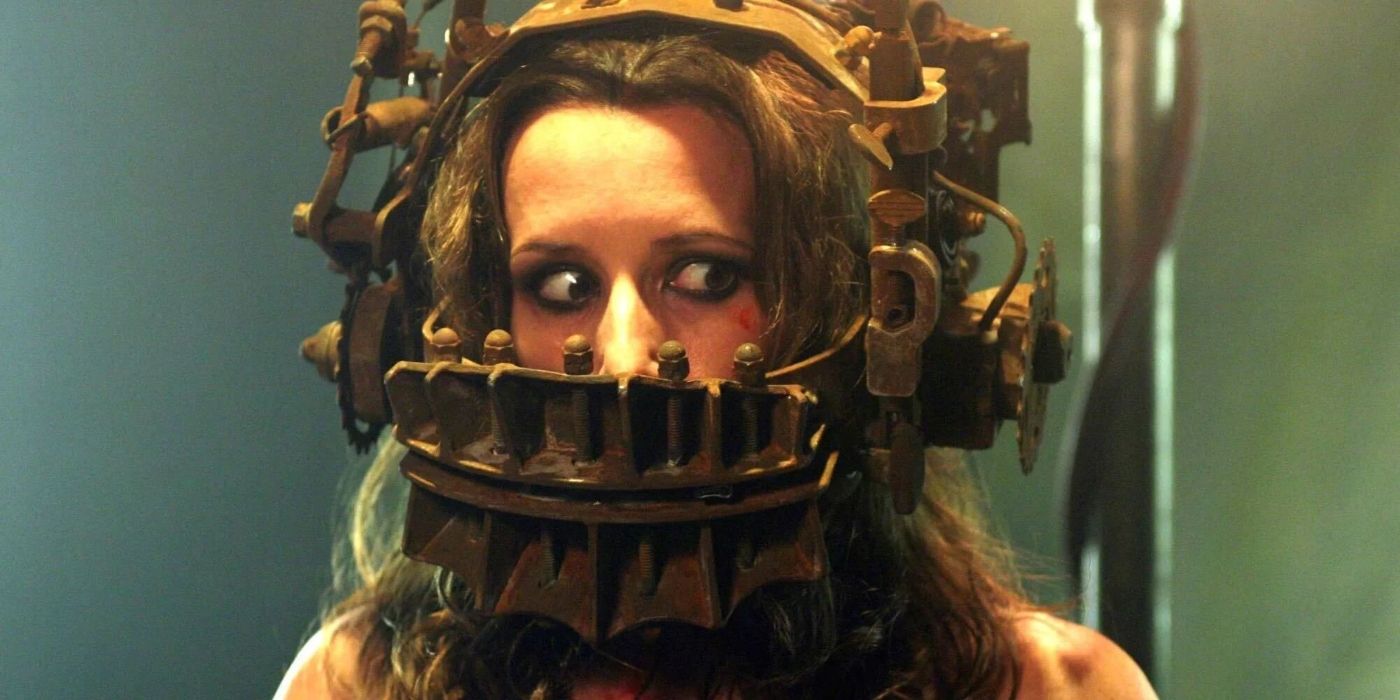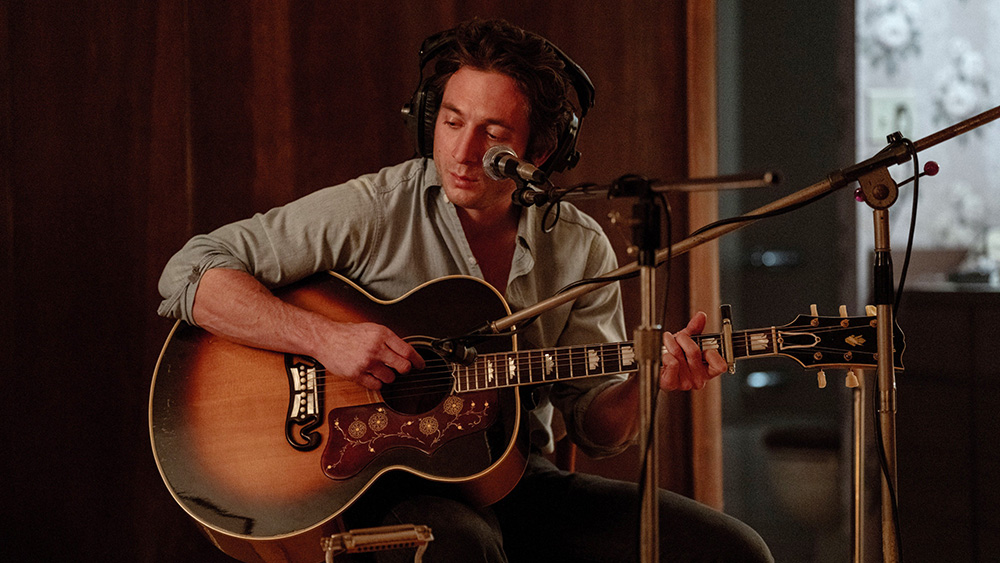The horror genre’s decline is a sign of societal decay, and “M3GAN 2.0,” despite its lackluster box office, reflects our culture’s obsession with fear over substance, turning Halloween into a grotesque celebration of mediocrity.
The Halloween season has long been associated with the celebration of fear, horror, and the supernatural, and in recent years, this cultural phenomenon has seen a significant evolution. The horror genre, once a niche market dominated by cult classics and independent films, has moved into the mainstream, captivating audiences with both theatrical releases and streaming platforms. In this context, one of the most significant developments has been the rise of films like “M3GAN 2.0,” which, despite its disappointing box office performance, has emerged as a prominent player in the horror landscape.
“M3GAN 2.0,” a sequel to the original film, was released at a time when audiences were eager for new content that fit the Halloween spirit. The horror genre has, in many ways, become a barometer for societal anxieties, reflecting deeper cultural fears and the ever-changing landscape of entertainment consumption. According to Nielsen’s recent report, “M3GAN 2.0” was the most-watched horror film on television during the Halloween season, highlighting a shift in how viewers engage with horror narratives.
The success of “M3GAN 2.0” on television, despite its failure to capture box office glory, points to a broader trend in the industry. As traditional movie-going habits evolve, audiences are increasingly turning to home viewing experiences, particularly during seasonal events like Halloween. This shift has been accelerated by the COVID-19 pandemic, which fundamentally changed how people consume media. With theaters closed or operating at reduced capacity, many turned to streaming services for their entertainment needs, leading to a rise in viewership for horror films during October.
The horror genre’s resurgence on television also reflects a growing appetite for content that engages with contemporary issues. Films like “M3GAN 2.0” explore themes of artificial intelligence, technology, and the ethical dilemmas surrounding them. This mirrors societal conversations about the implications of rapidly advancing technology and its impact on human relationships. The character of M3GAN, an AI doll designed to be a child’s companion, serves as a chilling representation of our fears surrounding the loss of human connection in an increasingly digital world.
Furthermore, the Nielsen report indicates that “M3GAN 2.0” is not alone in its dominance during the Halloween season. The report summarizes horror movie viewership trends over the past five Octobers, showcasing how certain films resonate with audiences year after year. The enduring popularity of horror films during this time suggests that the genre serves as a cathartic outlet for people to confront their fears, albeit through the lens of entertainment.
As we delve deeper into the statistics provided by Nielsen, it’s clear that the horror genre has adapted to the changing landscape of viewer preferences. Films that once thrived in theaters are now finding new life on streaming platforms, where accessibility and convenience take precedence. The most-watched horror films over the last five years provide insight into the evolving tastes of audiences, with a mix of classic favorites and modern reinterpretations.
Historical context plays a significant role in understanding the horror genre’s evolution. The early days of horror cinema, characterized by iconic films like “Psycho” and “The Exorcist,” laid the groundwork for the genre’s enduring appeal. These films not only entertained but also elicited profound emotional responses, tapping into the collective fears of their respective eras. As society grapples with new threats and anxieties, contemporary horror films mirror these experiences, often blending social commentary with traditional scare tactics.
The rise of social media and online platforms has also transformed how horror films are marketed and consumed. Viral marketing campaigns and user-generated content have become essential tools for promoting new releases, particularly in the horror genre. Audiences are not only passive viewers but active participants, shaping the conversation around these films and contributing to their cultural significance. The communal experience of watching horror films has shifted from theaters to online spaces, where viewers share their reactions, theories, and critiques in real-time.
As we consider the cultural implications of films like “M3GAN 2.0,” it becomes apparent that horror is not merely a genre defined by scares and thrills. It has evolved into a complex medium that challenges societal norms and provokes thought. The films that resonate with audiences are those that tap into the zeitgeist, addressing contemporary issues while still delivering the essential elements of horror.
The future of the horror genre remains uncertain, yet its ability to adapt and reflect societal fears ensures its continued relevance. As audiences seek new forms of engagement, filmmakers will undoubtedly rise to the occasion, crafting narratives that resonate on both emotional and intellectual levels. The horror genre, once dismissed as mere entertainment, has solidified its place as a cultural touchstone, capable of provoking critical dialogue and reflection.
In the end, the success of “M3GAN 2.0” and similar films serves as a reminder that horror, much like society itself, is ever-evolving. It challenges us to confront our fears, both personal and collective, while navigating an increasingly complex world. The Halloween season, once a time for simple frights, has transformed into a cultural phenomenon that demands our attention and analysis, as we explore the deeper meanings behind the masks and monsters we encounter.
